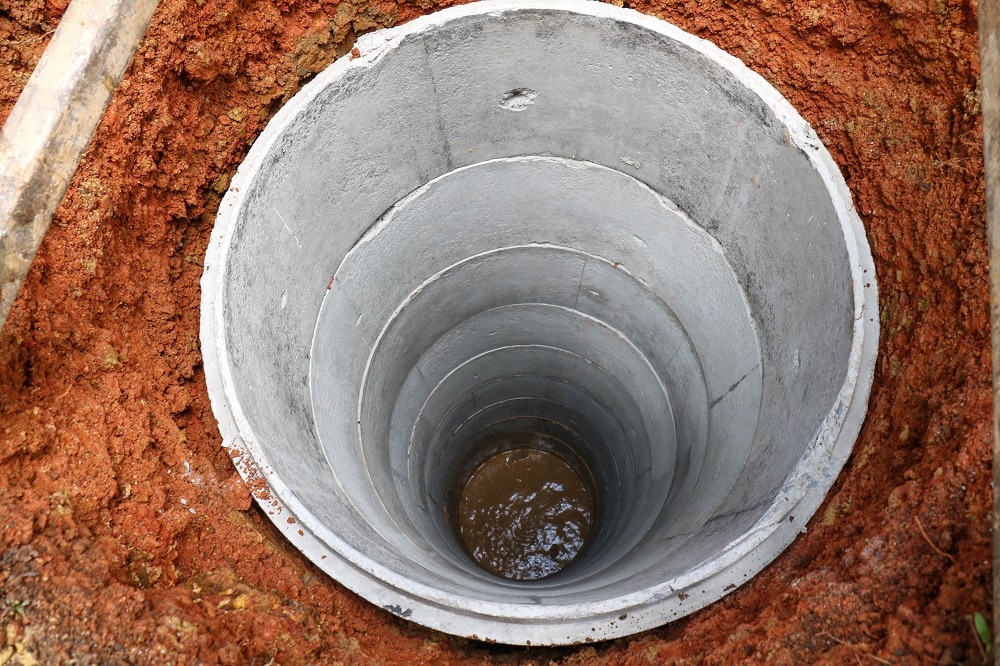Iron is an important mineral that everyone needs in their diet; however, too much iron in your water can cause issues with water quality and how your laundry and fixtures look. While high levels of iron in your water typically won’t cause major health concerns, the other side effects can be uncomfortable, so it’s a good idea to know how to help prevent these high levels. Here’s what you need to know about iron in well water and why it’s a good idea to have private water testing laboratories check for iron levels and other contaminants.
Determining High Levels of Iron
Municipal water systems check for levels of iron according to government standards. The recommended healthy level of iron is less than .3 parts per million (PPM). It’s impossible to know how much iron you actually have in your water without getting well water testing. However, there are some other signs that indicate that you probably have excess iron and manganese in your water. When the water far exceeds these standards, you’ll be able to see visual evidence like rust-colored water. The water will also have a metallic taste and smell foul. After prolonged exposure, your clothing, fixtures, and water-using appliances will begin to develop a yellow, brown, or red stain that’s difficult or impossible to remove.
Where Iron Comes From
There are a couple of ways iron can get into your well water. The most common source is from corrosion within your water supply system. Many of the pipes and other components used for water delivery are made from iron, and as they’re exposed to water and oxygen, the iron will deteriorate and oxidize, which creates rust. The rust then seeps into the water supply. Iron is also naturally present in soil, so as rainwater or runoff seeps through the soil into the aquifer, the iron in the soil can dissolve into the water.
Effects of Iron
The biggest health concern with high levels of iron is that as a contaminant, it may contain other bacteria that are feeding off the iron. This increases the chances for bacteria growth that can cause stomach problems such as diarrhea, nausea, and vomiting. The skin can also suffer because the minerals can harm skin cells and block pores, resulting in dry skin, eczema, or acne. Water consumption may go down as well because the taste and odor of the water make it unappealing. Iron can also affect the taste of foods cooked in the water, such as vegetable, fruits, tea, and coffee. Iron can be harsh on your house and clothing as well because it leaves a reddish-orange stain. When attempting to remove the stains on showers, faucets, toilets, and bathtubs, many homeowners actually damage the finish by using abrasive cleaning pads or cleaners. The pipes may also eventually clog due to a buildup of iron sediment.
Addressing High Iron Levels
The first way to address iron in your well water is to determine how much iron is in your water with water tests. This is an important part of well maintenance because, in many cases, contamination in a well is due to damage that can be repaired to stop further contamination. If your well is in good shape and still has high iron levels, you may need to purchase a filter that can effectively filter out the iron minerals. To learn more about testing for and removing iron from your water, contact Environmental Testing and Research Laboratories, Inc., today.

